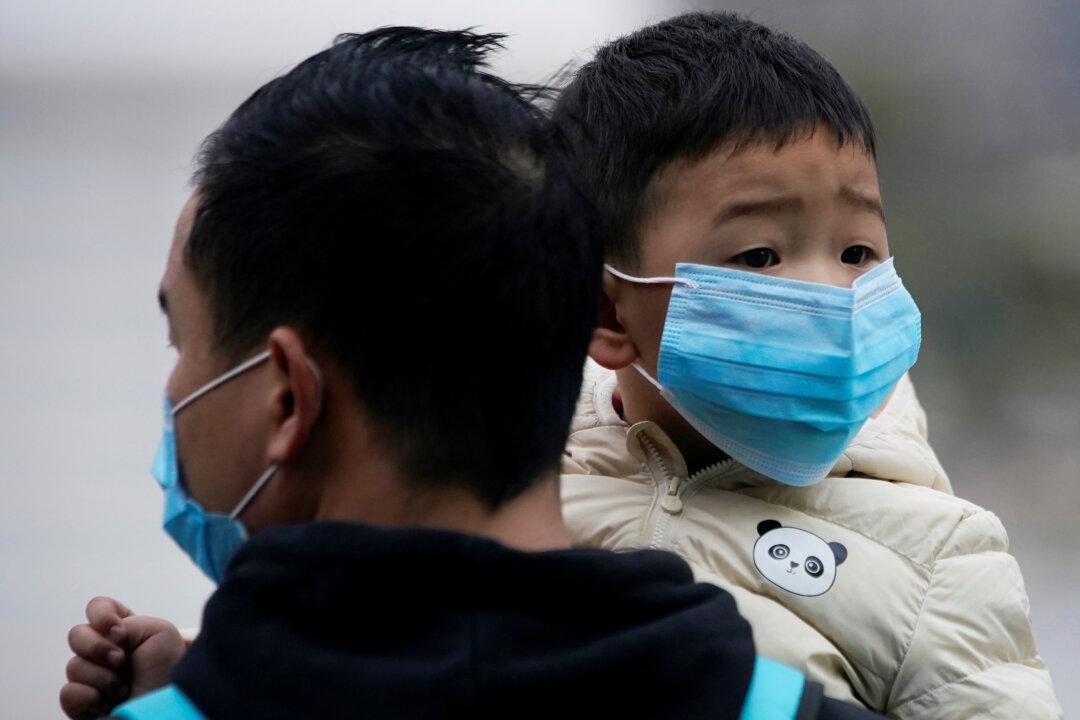The incubation period for the new coronavirus can be as long as 24 days, according to the largest-study yet analyzing patients of the disease.
The Feb. 9 study, which has yet to be peer-reviewed, was led by renowned Chinese respiratory doctor Zhong Nanshan and written in collaboration between 37 Chinese researchers. It analyzed around 1,100 patients across 31 provinces and 552 hospitals, and found that the median incubation period is 3 days, lower than a previous estimate of 5.2 days.






